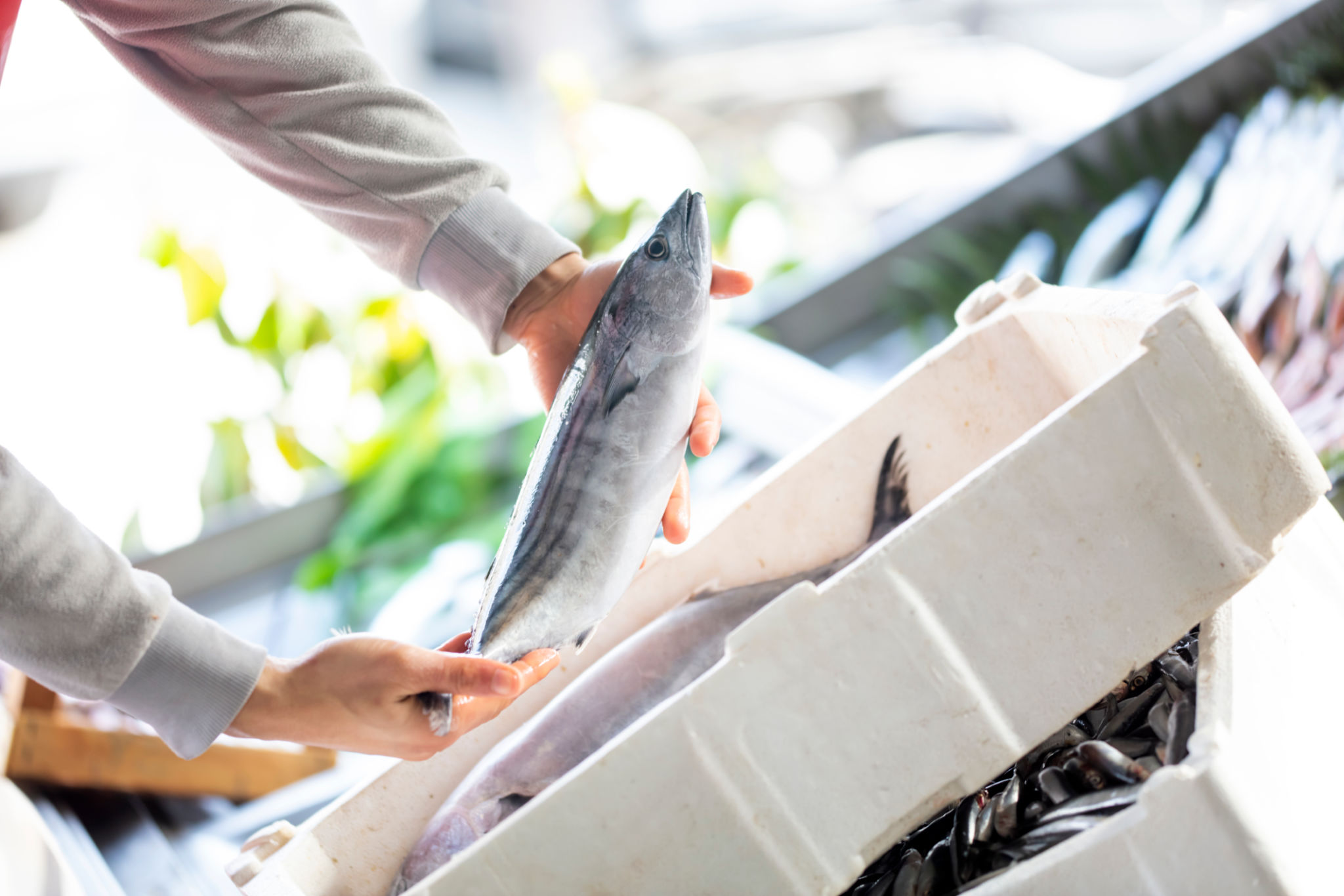Challenges and Solutions in Exporting Meat from the US to Asia
Understanding the Complexities of Meat Export from the US to Asia
Exporting meat from the United States to Asia is a lucrative venture but comes with its own set of challenges. Navigating these complexities requires an understanding of logistical, regulatory, and cultural factors that influence the export process. As demand for high-quality American meat continues to grow in Asian markets, businesses must be prepared to tackle these obstacles effectively.

Regulatory Compliance and Trade Barriers
One of the significant challenges in exporting meat to Asia is adhering to stringent regulatory requirements. Each country in Asia has its own food safety standards and import regulations that exporters must comply with. These regulations often include detailed documentation, specific packaging requirements, and adherence to sanitary standards.
The presence of trade barriers, such as tariffs and quotas, can further complicate the export process. For instance, tariffs can significantly increase the cost of meat exports, affecting competitiveness in the Asian market. To overcome these barriers, exporters need to stay updated on trade agreements and seek opportunities to leverage preferential trade terms.

Logistics and Supply Chain Management
Efficient logistics and supply chain management are crucial for the successful export of meat products. The geographical distance between the US and Asia means that shipments need to be carefully planned to ensure timely delivery while maintaining product quality. This includes choosing the right transportation methods, such as refrigerated shipping, to preserve the freshness of meat during transit.
Moreover, logistical challenges such as port congestion and customs delays can disrupt supply chains. Exporters must establish robust partnerships with logistics providers and invest in technology to monitor shipments in real-time, ensuring that potential issues are addressed promptly.

Cultural Preferences and Market Adaptation
Understanding and adapting to cultural preferences is vital for success in Asian markets. Different countries have varying tastes and preferences when it comes to meat consumption. For example, while beef may be popular in one country, pork or poultry might be preferred in another.
Market adaptation involves tailoring product offerings to meet these preferences, which can include modifying cuts of meat or developing products with specific flavor profiles. Conducting thorough market research and engaging with local partners can provide valuable insights into consumer behavior and help refine marketing strategies.
Building Strong Relationships with Local Distributors
Establishing strong relationships with local distributors is essential for navigating the complexities of the Asian market. Distributors play a critical role in ensuring that products reach retailers and consumers efficiently. Building trust and maintaining open communication with these partners can lead to long-term success.
Additionally, collaborating with distributors who have a deep understanding of local market dynamics can help exporters navigate regulatory changes and consumer trends more effectively.

Solutions for Overcoming Challenges
While exporting meat from the US to Asia presents several challenges, there are practical solutions that businesses can implement:
- Leverage Technology: Utilizing advanced technologies such as blockchain for supply chain transparency and automation tools for regulatory compliance can streamline operations.
- Engage in Strategic Partnerships: Collaborating with local businesses and industry associations can provide valuable resources and insights.
- Invest in Market Research: Regularly conducting market research helps in understanding evolving consumer preferences and adapting strategies accordingly.
By addressing these challenges head-on and implementing strategic solutions, US exporters can expand their reach and capitalize on the growing demand for high-quality meat products in Asia.
